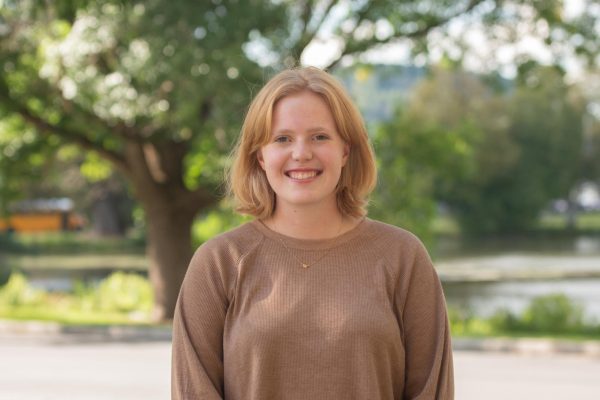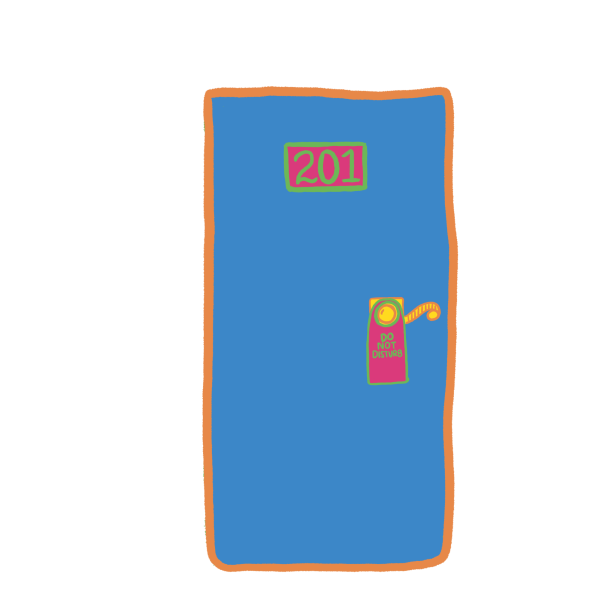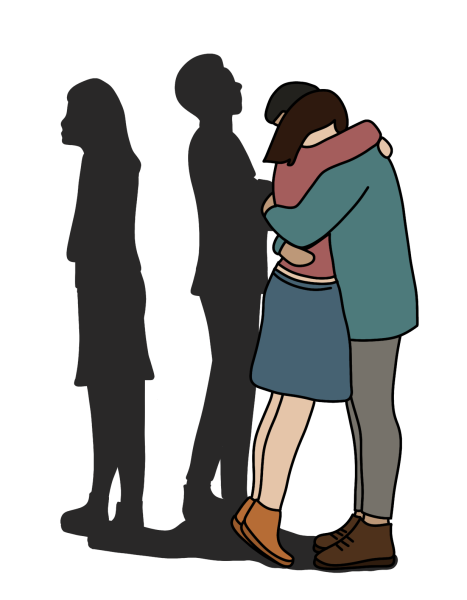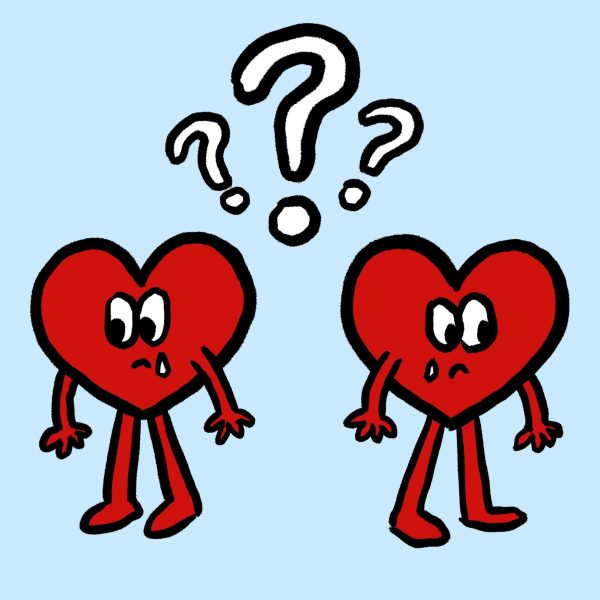Minus the City: Hookup Culture in the Age of Social Media
Imagine this: you’re about to go meet up with some person with whom you want to hook up. You two have been messaging for a bit, and they’ve invited you over to “hang out.” What have you probably already done? Stalked their Instagram. Where is it likely you met them? On the internet. Why? Because whether we are aware of it or not, social media plays a large role in hookup culture: in both the perpetuation and the practice.
The popularization of dating apps like Tinder, Hinge, and Bumble have had a notable impact on the way people meet their potential hookups. The severity of their impact on relationships as a whole is debated, ranging from a Vanity Fair article that calls Tinder “the dawn of the Dating Apocalypse” to a State News article in which Michigan State Professor Brandy Ellison says in reference to dating apps and relationships, “What we call hookup culture has existed in a lot of ways for a while now. As a society we tend to overstate the impact that things have had, we tend to see it as very different from the way it used to be.” Regardless of what impact they have on dating as a whole, they have undeniably impacted hookup culture.
One way is simply the large amount of people a person can encounter on an app as opposed to in person.
“You could talk to two or three girls at a bar and pick the best one, or you can swipe a couple hundred people a day — the sample size is so much larger. It’s setting up two or three Tinder dates a week and, chances are, sleeping with all of them, so you could rack up 100 girls you’ve slept with in a year,” a source in the Vanity Fair article said.
He’s right. Dating apps do extend the number of people a person could possibly meet. Even at a school as small as Colgate, it is easier to interact with more potential hookups on the internet than they would be able to in person — that’s just the convenience of the internet.
Let’s extend it even further: how many people meet on social media beyond just apps intended for bringing individuals together? How many people first interact on Instagram or Snapchat? Even if we just look at Snapchat, we can see a trend between using Snapchat as a method to gain sexual partners. Not only that, but the impermanence of Snapchat supports it as a platform for sexual interaction. An article from John Hopkins University reflects on the personal experiences of an individual using Snapchat to hookup, saying, “You Snapchat your hookups to hookup, but you’re not texting them throughout the day. You’re not constantly updating them on your daily life.” Certainly, Snapchat is used for the interaction between individuals who want to hookup and nothing more. What I want to consider is, how do these changed interactions affect the actual interaction between individuals? Does social media fundamentally change the way we hookup?
So you’re laying on your couch, swiping left and right looking for a hookup after you’ve been out for the evening. Maybe you’re looking at their bio and pictures past the cover, but it’s likely an instinctual first reaction. That’s different than at the club or the bar. For one, pictures are not the same as seeing someone in-person. There are certain aspects of attraction that simply can’t be replicated in an online setting, just as chatting on the app is not the same thing as talking in-person.
What I would argue is that when you are interacting with a person through an online interface as opposed to in-person, it results in some sort of unintentional further objectification of the person you’re talking to. Whether you want to or not, when you are talking to someone in the bar, you have to devote your attention to them and consider them in a more personal way before the hookup is initiated. When talking to someone online, you can regard them simply as a sex object: it isn’t uncommon for almost no talking to occur in order to initiate a hookup.
Moreover, the enlarged amount of potential partners people can talk to can decrease the value we see in individuals. When you have hundreds of options as opposed to only a couple, less consideration and care is needed.
This isn’t to say that social media is “the root of all evil,” or that hookup culture is fundamentally transformed as a result of the way we find and initiate hooking up. But it’s a discussion drawing our attention to how we can be more considerate of the whole process. Really evaluate how you want to interact with your potential hookups and what is going to be most enjoyable and satisfying for you and your potential partner. The interaction between social media and hookup culture isn’t going away anytime soon, and, if anything, its role will only grow.

Elli Ament is a senior from Littleton, CO concentrating in history with a focus on cultural history and media. She has previously served as a Commentary...








